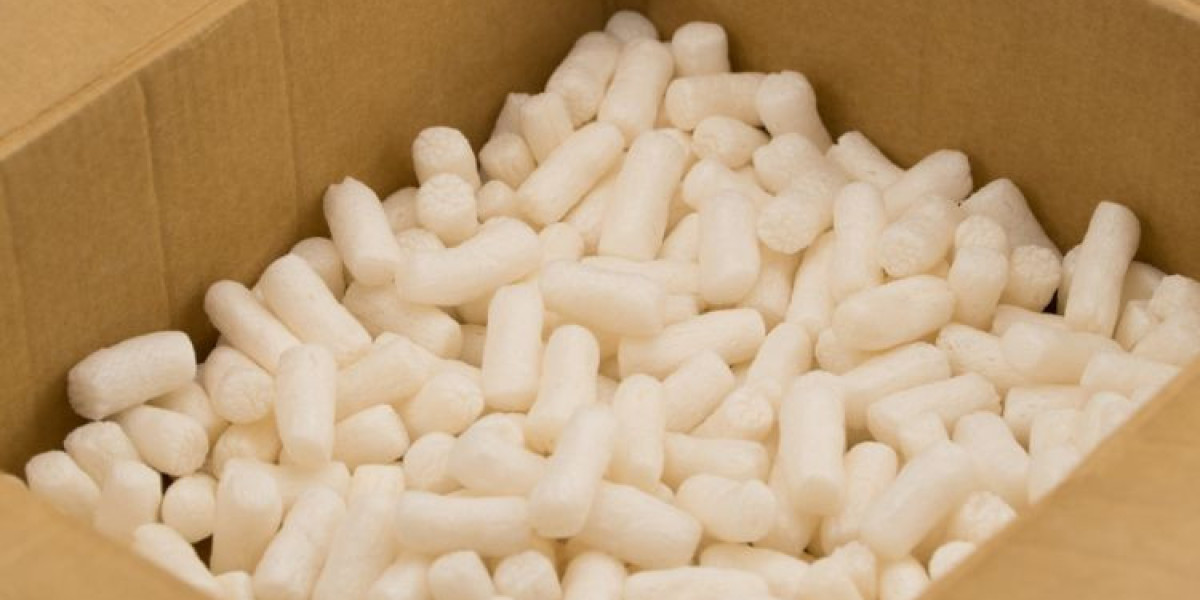The global plastic fillers market size is expected to grow at a CAGR of 5% in the forecast period of 2024-2032. This significant growth is driven by the increasing demand for lightweight, cost-effective, and high-performance plastic materials across various industries. Plastic fillers play a crucial role in achieving these desired properties, making them an essential component in the ever-evolving world of plastics.
This blog post dives into the world of plastic fillers, exploring the different types available, their diverse applications in various industries, and the advantages and considerations associated with their use.
The Power of Plastic Fillers
Plastics are undeniably versatile materials, but sometimes, their inherent properties need a little boost. This is where plastic fillers come in. They are essentially inert materials added to plastics during the manufacturing process to modify their physical, mechanical, and chemical properties. These fillers can be organic or inorganic, and their impact on the final product can be significant.
By incorporating plastic fillers, manufacturers can achieve a variety of benefits, including:
- Enhanced Strength and Stiffness: Fillers can significantly improve the mechanical properties of plastics, making them more resistant to deformation and wear.
- Improved Heat Resistance: Certain fillers can elevate the thermal stability of plastics, allowing them to withstand higher temperatures without warping or melting.
- Reduced Cost: Fillers can be a more cost-effective alternative to using virgin plastic, lowering the overall production cost without compromising on quality.
- Lightweighting: Fillers can help create lighter plastic components, which is crucial in industries like automotive and aerospace where weight reduction is a major goal.
The selection of the right type of filler depends on the desired outcome. Let's explore some of the most common types of plastic fillers and their specific applications.
Common Types of Plastic Fillers
The plastic fillers market offers a diverse range of options, each with its unique properties and applications. Here's a look at some of the most widely used categories:
Mineral Fillers: These are the most common type of plastic fillers, primarily consisting of inorganic materials like:
- Calcium Carbonate (CaCO3): This versatile filler is known for its cost-effectiveness and ability to enhance stiffness and dimensional stability. It finds applications in PVC pipes, profiles, films, and sheets.
- Talc: This platy mineral offers excellent heat resistance and flame retardancy, making it ideal for automotive parts and household appliances.
- Silica: Available in various forms, silica fillers improve wear resistance, tear strength, and electrical properties. They are widely used in silicone rubber, adhesives, and tires.
Fiber Fillers: These fillers introduce a reinforcing element to the plastic matrix. The most common types include:
- Glass Fibers: Offering exceptional strength and stiffness at a low weight, glass fibers are widely used in automotive components, construction materials like FRP panels, and printed circuit boards.
- Carbon Fibers: Renowned for their high strength-to-weight ratio, carbon fibers are popular in the aerospace, automotive, and sporting goods industries where lightweight and high-performance materials are crucial.
Other Fillers: Beyond the above categories, the plastic fillers market offers a variety of specialized options:
- Metal Oxides: Fillers like titanium dioxide (TiO2) act as colorants and UV stabilizers, enhancing the aesthetics and durability of plastics.
- Nanoclay: This nanomaterial offers excellent barrier properties, making it ideal for food packaging and automotive parts requiring superior impermeability.
- Bio-based Fillers: As sustainability becomes a growing concern, bio-based fillers made from natural materials like wood flour or cellulose are gaining traction for eco-friendly plastic production.
Click here to check our other reports: https://www.expertmarketresearch.com.au/
Applications Across Industries
The versatility of plastic fillers translates into their widespread use across various industries. Let's explore some specific examples:
- Automotive Industry: Mineral fillers like calcium carbonate and talc are used in car parts like bumpers, dashboards, and interior components for their cost-effectiveness and ability to improve stiffness. Glass fibers and carbon fibers find application in lightweight and high-strength components like car bodies and wheels.
- Construction Industry: Calcium carbonate fillers enhance the properties of PVC pipes and profiles used in plumbing and construction applications. Glass fibers are crucial in creating strong and lightweight building materials like FRP panels for roofing and wall cladding.
- Packaging Industry: Calcium carbonate fillers offer cost savings in rigid plastic packaging like bottles and containers. Nanoclay fillers provide excellent barrier properties in food packaging, extending shelf life and ensuring product safety.
- Electrical & Electronics Industry: Fillers like talc and mica are used in electrical components due to their heat resistance and insulating properties. Glass fibers find application in printed circuit boards for their strength and dimensional stability.








